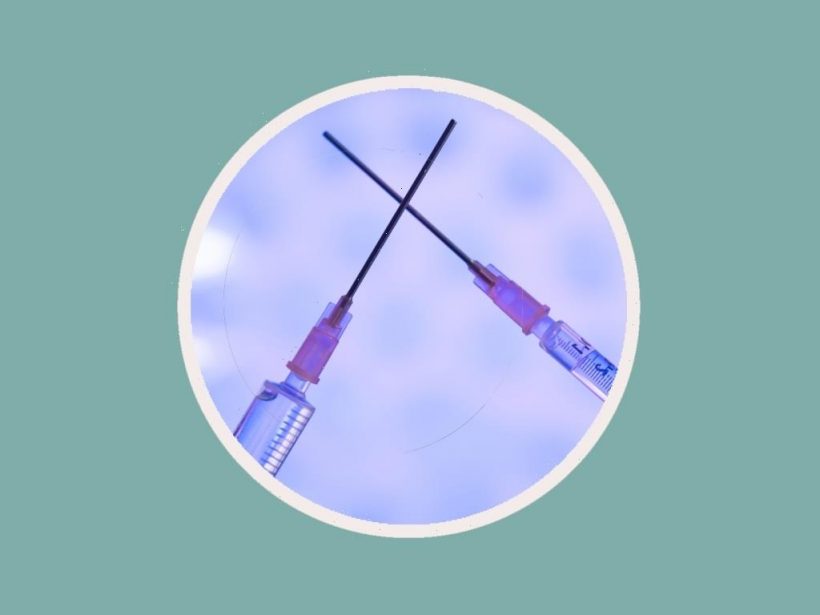As guidelines around the COVID-19 pandemic continue to change and evolve, you may have recently heard of the bivalent vaccine and wondered what it is. In simplest terms, it’s an updated booster shot that was granted Emergency Use Authorization by the FDA on August 31, and developed to help protect against Omicron sub variants BA.4 and BA. 5, which are currently the dominant strain of COVID-19 in the United States.
“This approach to updating a vaccine to better fight the current strain of virus is the same general strategy that has been used for years and years with the flu,” said Grant Paulsen, MD and a pediatrician who oversees COVID vaccine clinical trials for kids ages 6 months to 11 years old at Cincinnati Children’s Hospital Medical Center.
So, with clinics and major pharmacies across the country now offering vaccination appointments for the updated booster, we asked doctors how these shots work and what they recommend to parents who are on the fence about getting one for their child.
What is the difference between a bivalent vaccine and monovalent vaccine?
If we’re going to discuss vaccines, we have to break down the language, and that begins with bivalent versus monovalent. At their core both vaccines are intended to protect against COVID-19, but the difference lies in when they were developed.
“Bivalent shots are not given as part of the initial vaccination,” said Dr. Soumi Eachempati, co-founder and CEO of CLEARED4 and former professor of surgery and public health at Weill Cornell Medical College. “A bivalent booster is a new type of booster where the shot gives protection to the original COVID-19 strain and also some specific protection to the Omicron strain.”
The monovalent vaccine was created to target the original strain of COVID and is currently only approved for the initial series for someone that has not already been vaccinated. Monovalent COVID vaccines, either Pfizer or Moderna, are the ones that were first developed and the vaccine that you would have gotten as a primary COVID vaccine series.
Who can get a bivalent booster?
At this time anyone who is 12 and older who has had their full original vaccinations can get the bivalent booster, if six months has passed since their last shot. Kids that are 5 years to 11 years old and due for a booster can only get the original monovalent vaccine right now. The bivalent booster is not yet approved for kids under the age of 12.
Should your child still get the bivalent booster if they’ve already had COVID-19?
Doctors agree that the best way to protect your child from COVID is to get them vaccinated and stay up to date on all their boosters. “I would still recommend getting the bivalent booster even if your child already had COVID,” said Dr. Paulsen. “The COVID virus has changed over time, and having a previous infection doesn’t always protect you, or your child, from a new infection. The best way to be protected would be to get the booster. Getting a COVID vaccine after getting over a COVID infection provides the best protection possible.”
Dr. Eachempati says that booster and flu shots can be given together. “Many recommend they be done in different arms, but there are no definite rules on this” he said.
Are there any side effects to the bivalent booster?
Like the monovalent COVID vaccine, side effects for the bivalent vaccine are similar. Pain, redness and swelling at the injection site and possible fatigue, headache or muscle pain could occur. And chills, nausea, vomiting and fever are also possible side effects.
“There are no new safety concerns, or side effects, from these updated booster,” said Dr. Paulsen. “While this transition period between original and new bivalent boosters can be a bit confusing, I expect that over the next few weeks to months it will become easier and easier to follow as the Pfizer and Moderna bivalent boosters likely get approved for younger ages.”
Before you go, check out our favorite all-natural cough and cold products we recommend for kids:
Source: Read Full Article







